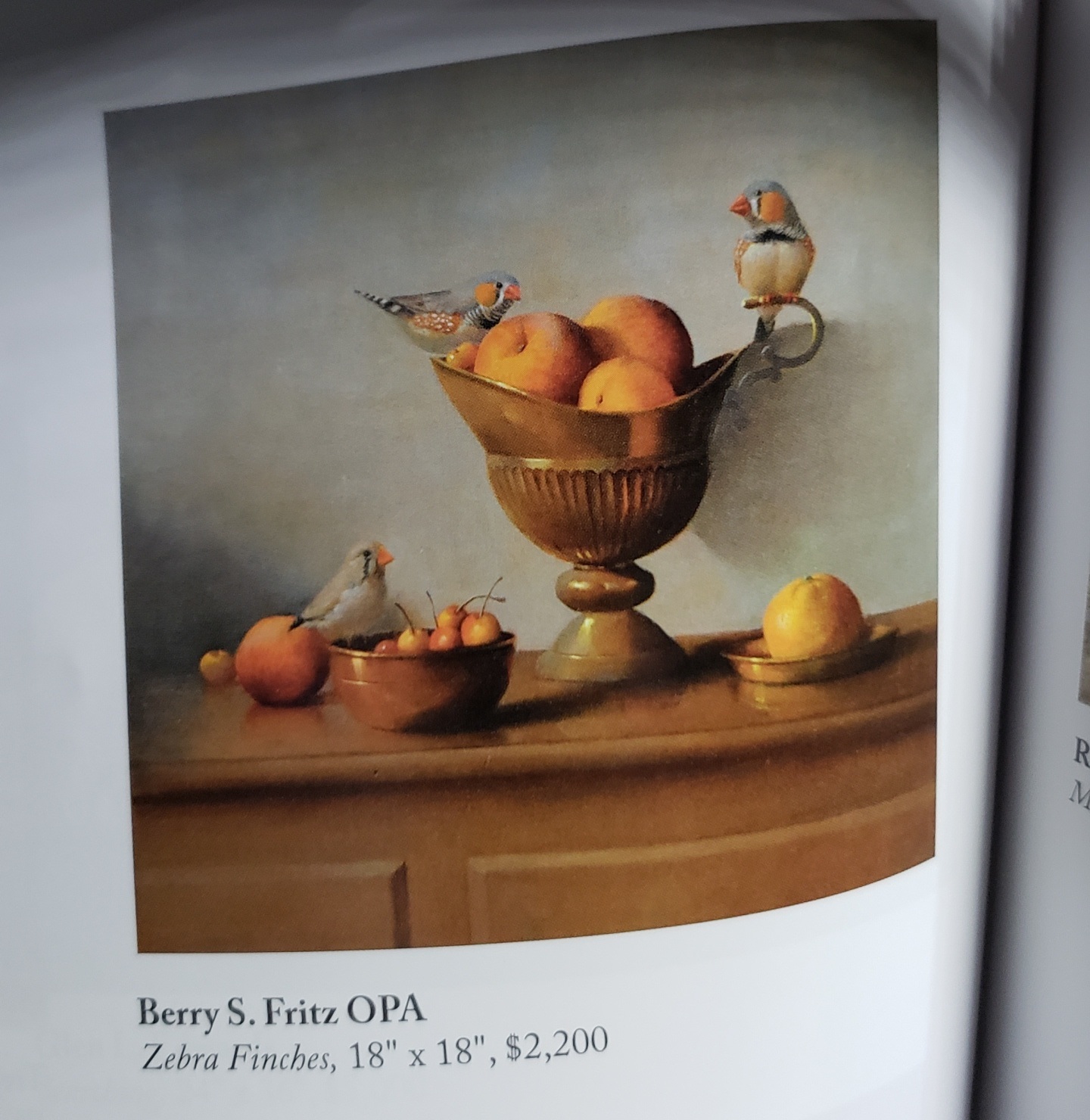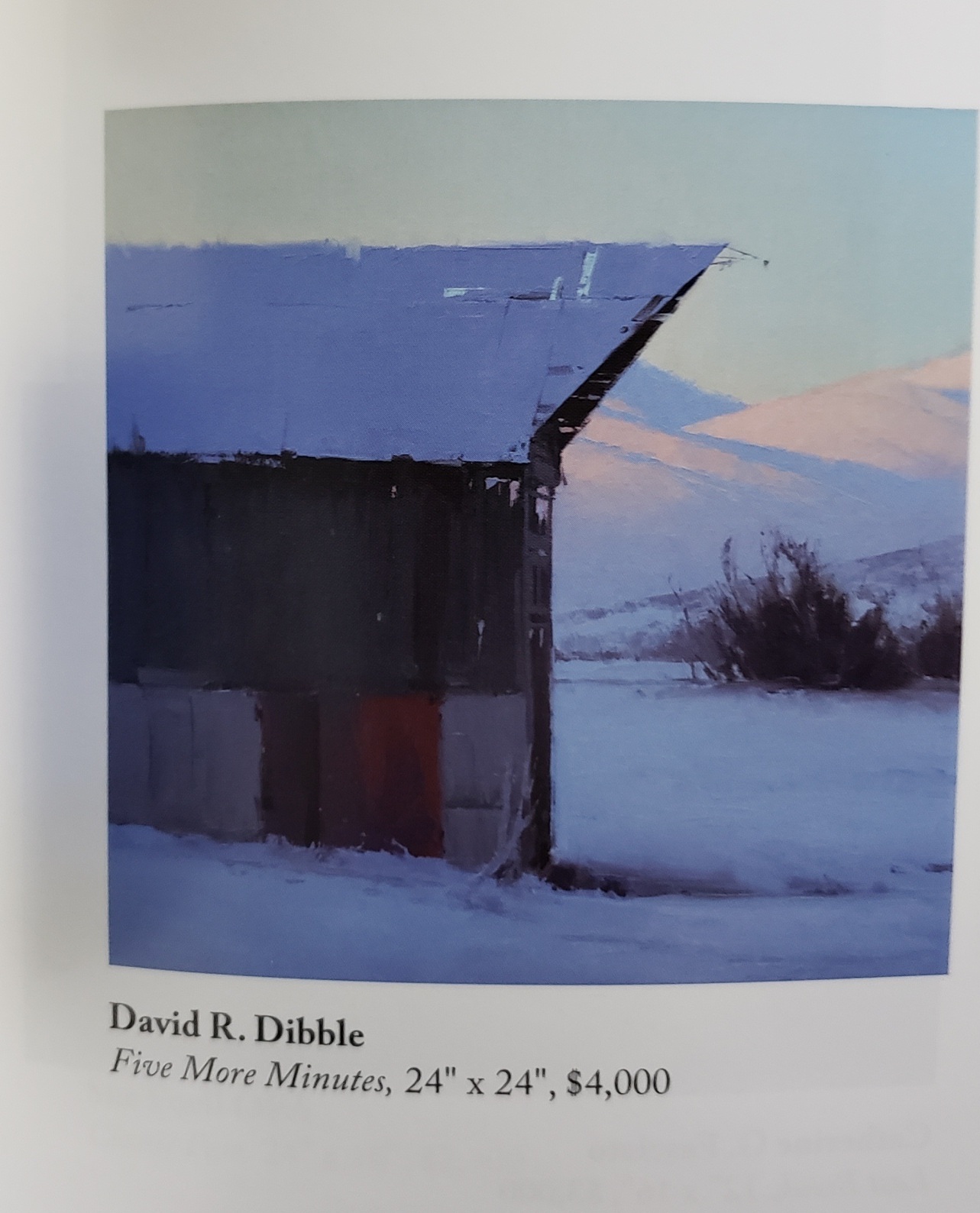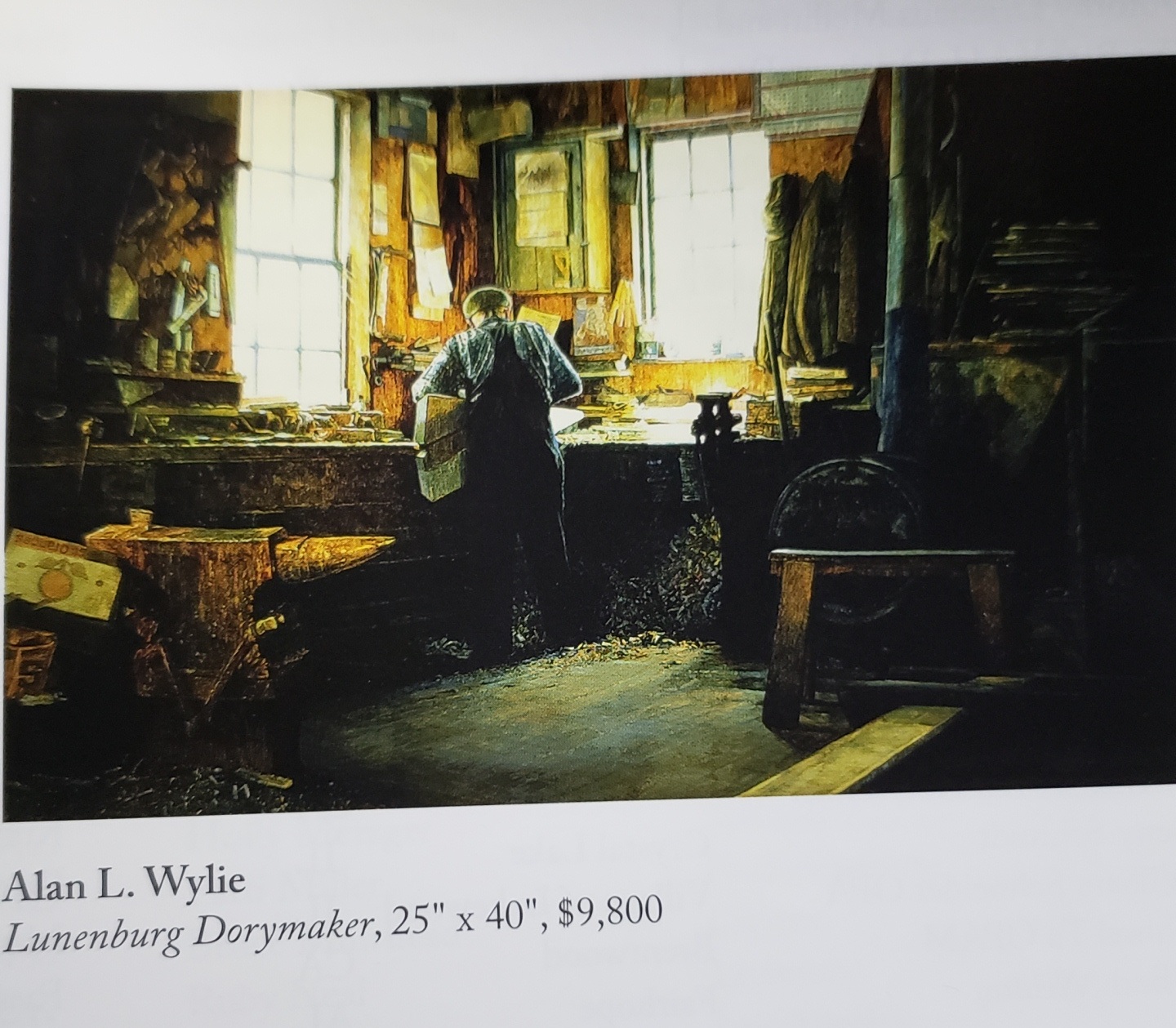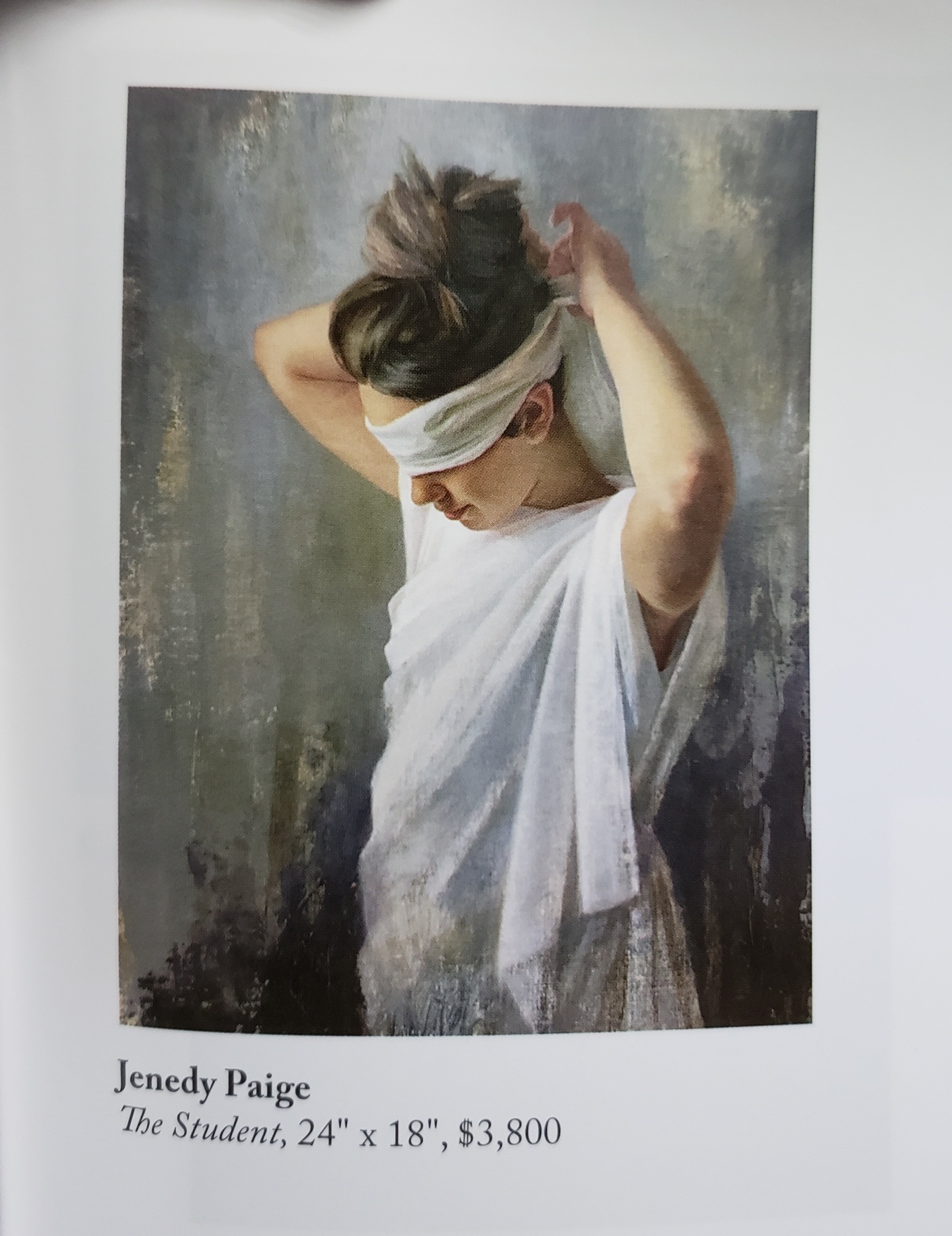Positive Comparisons
ART SHOW RULES
What does it take to get into a major art show?
Why should we even care?
Are they important for one's artistic life? I have never judged an art show or been involved with jurying one, but I believe that standards are good to have, even in something as subjective as art. They can clarify, push us to commit, and add the important ingredient of rejection to our lives.
Also, by objectively looking at the selections, I can learn more about art. Looking at art in this way gets me away from the depressing/awesome Instagram game. Most works are better than mine, but why? So making this summary helps me to put away negativity and focus on getting better. We are capable of holding information (analyzing) without being influenced by style or experience. This is helpful.
It is wonderful to just appreciate great human achievements (click here to see a painting that came through Nashville that I could have viewed all day long. By the way, read about that incredible show here). It is also easy to allow them to bash us to pieces. But what makes them great?
Getting in to a good show is difficult. Some artist's works are recognizable enough to get past the “blind” part of judging, but that isn't the artist's fault. Some shows may be more “blind” than others, but again, entrants can't help that. All we can do is create, enter, and hope. Once the rejection notification comes and we see what did get in, we will doubtless compare our work to those that did make it.
That's where “know thyself” becomes really important. We have to be honest.
Did you really do your best work? Did you balance both the near and far views of your work? Is the reason you made the work clear?
Click here to see a time when stepping back changed things for me.
Because I practice oil painting, I'm going to dive into the last two Oil Painters of America National Show catalogs to illustrate my main points. I believe that (most of) the works that made it into these two show have the following characteristics:
Things look like things (well-drawn)
The arrangement of things isn't distracting (well-arranged/clear subject)
Clear light effect
Story
A nice, abstract balance of big, interesting shapes goes with the second point.
Notice that I did not include brushwork. There are loose, brushy paintings and highly rendered, stroke-free works included, so I had to ask myself what role surface quality played. Would a loosely painted subject be better if rendered with more “realism” and vise versa? Would the story be clearer? Alas, an idea for another time! (I do believe that support proportions are crucial. A study of Ansel Adams is extremely valuable. The image of the potter’s hands included in the following grid simply would not be as great if the creator had chosen another layout.)
I’ll add that Story came into play with figurative works, mostly. If a human head is plopped in the middle space of a surface (like a head study), then there had better be expression, light, or something else - title, perhaps - to open the doors of the viewer’s mind. Color harmony falls into the light effect category.
Let’s dive into the images!
The following images were taken from the last two Oil Painters of America National show catalogs. I did not select my favorites, but chose works that nevertheless allow me to illustrate all or most of the criteria as I have laid it out. (The pictures are casual snaps from the catalogs).
As you look over the images, see how you think they utilize the criteria. Do you agree? There are some images that I don’t think belong in a national show (I didn’t show them, really), but most are compelling because of a combination of the ingredients listed above.
Click arrow on right of image to advance
Let me say that if you are going to fill a picture with a turkey, it had better be really, really well done.
drawing, easy to read
arrangement/clear subject, lighting
no idea. arrangement? organization?
abstract division of space, rendering, story
drawing, clarity, story
light effect
arrangement, light effect
composition, story
drawing, arrangement
arrangement, light, story?
drawing, story
clarity/drawing
arrangement, light effect
drawing, story
drawing, story
daring arrangement, light effect
no idea.
drawing, light effect, possible story
everything.
arrangement, light effect




















